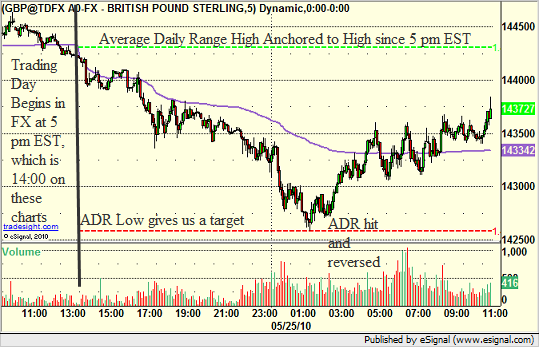It is very important when trading Forex to understand the importance of the “start of the day” even though it is essentially a 24-hour market. In the equity and futures worlds, when you calculate key indicators such as the Pivot series and Market Profile (Value Areas); INSERT INTO `wp_posts` (`ID`, `post_author`, `post_date`, `post_date_gmt`, `post_content`, `post_title`, `post_category`, `post_excerpt`, `post_status`, `comment_status`, `ping_status`, `post_password`, `post_name`, `to_ping`, `pinged`, `post_modified`, `post_modified_gmt`, `post_content_filtered`, `post_parent`, `guid`, `menu_order`, `post_type`, `post_mime_type`, `comment_count`) VALUES you use the prior day’s data from start to finish. In order to do the same in Forex, you have to establish what point is the end of the day and start of the next day so that you properly use the data from the trailing 24 hours.
Many charting platforms can be misleading because they allow people to set the timeframe axis of their chart up for their own timezone, and then they end up with calculations that are based on “midnight to midnight” in their zone. Many people also force their charts onto EST, which does not provide a good “midnight to midnight” day in Forex. If you do it that way, you’re splitting the day in half.
The proper time for end of session/start of session is global rollover, which is 5 pm EST. Asia has not yet started, Europe is asleep, and the US banking day is over. This is the point of the lowest volume. It is also the point that banks in the intermarket system shut down to “settle” their trades from the prior 23 hours and 55 minutes or so. When you realize that technical evaluations and calculations need to be based on fixed factors such as a “day” of data, it becomes very important to recognize that this specific point is the start/end of a day. It also means that Forex can really be mapped into 5 clean daily bars as it opens at 5 pm EST on Sunday and closes at the same on Friday.
Tools that you use need to be able to make this adjustment to be valid. For example, we have an Average Daily Range tool that plots a range each day that is the six month average on each of our key Forex pairs. For those of us on the West Coast of the US, we need to be able to set that tool to start at 2 pm, which is 5 pm EST. By doing so, the tools starts drawing at that point and goes for 24 hours.
The chart below shows you today’s GBPUSD with the Average Daily Range lines. The top line anchors to the high of the session since 5 pm EST (2 pm PST) because we’re in the lower half of the day’s range. The lower red line is the Average Daily Range target, which is often a key support point in the market. As you can see, during the “day” when you start this tool running at the right time, the GBPUSD moved exactly to that lower line and bounced:

Had you used a different start of day, one that has less technical meaning to the market, the tool wouldn’t have worked.
You can follow us on Twitter for more details by clicking here, or take a free or full trial to our various trade calling and education services here. Our next 20-hour Forex course starts in June.
